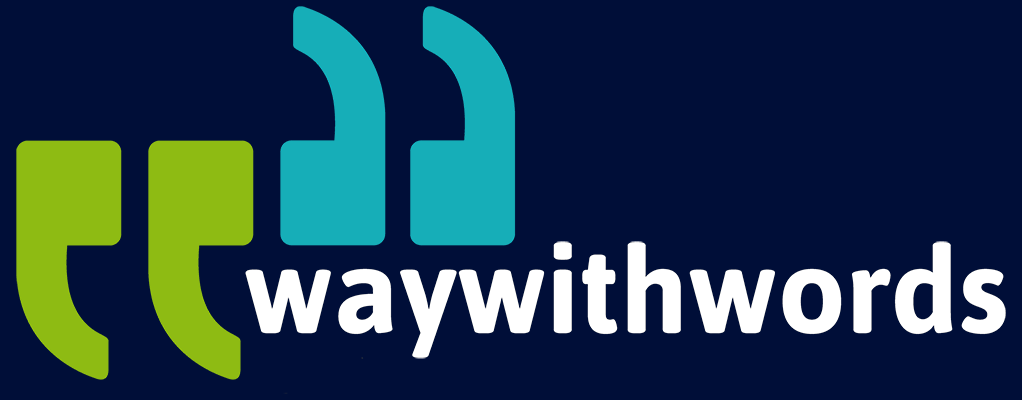What Are the Main Formats for Storing Speech Datasets?
How are Speech Data Formats Commonly Stored?
High-quality speech datasets are the backbone of countless innovations. Whether you’re training voice assistants, building real-time transcription services, or conducting linguistic research, the way your speech data is stored and structured can make or break your project.
Choosing the right format for your speech data goes beyond file size or audio clarity—it directly impacts processing speed, system compatibility, transcription accuracy, and legal compliance. This article unpacks the most commonly used speech dataset formats for storage, offering clear guidance for audio engineers, data engineers, linguistic analysts, and AI project managers alike.
Popular Audio File Types
Speech datasets always begin with audio recordings, and the file format chosen determines not only the quality and size of your data but also how it can be used downstream in training or analysis. Here are the most commonly used formats in the field:
- WAV (.wav)
WAV is one of the most widely accepted audio formats for speech datasets. It’s uncompressed, meaning it retains all audio data in its original state. While this results in large file sizes, it ensures maximum fidelity—something critical when training speech recognition models. WAV files typically use a sampling rate of 16kHz or higher, which is ideal for voice recordings. - FLAC (.flac)
FLAC offers lossless compression, significantly reducing file size while maintaining original audio quality. It’s an excellent option when storage capacity or transfer speed is limited but quality must be preserved. Although not all machine learning frameworks support FLAC natively, most can easily convert it to WAV or another compatible format. - MP3 (.mp3)
MP3 files use lossy compression, removing data to reduce file size. While this format is ideal for general distribution or playback, it sacrifices fidelity and is generally not recommended for training purposes where audio detail matters. - Opus (.opus)
The Opus codec is highly efficient and designed for speech applications, making it popular for telephony, VoIP, and real-time communication. However, it is less commonly used in static datasets due to limited support in older systems. - AAC (.aac)
AAC is a modern lossy codec similar to MP3 but more efficient at lower bitrates. While useful for mobile and streaming scenarios, it’s not a top choice for training-grade speech data.
In summary, if you’re collecting or training on speech datasets, opt for WAV or FLAC for quality and reliability. Use MP3, Opus, or AAC only for situations where file size and speed outweigh accuracy.
Transcription and Annotation Formats
Audio is only part of a speech dataset. To be useful, particularly for training machine learning models or performing linguistic analysis, you need accurate and well-formatted transcriptions and annotations. The choice of format here determines how easy it is to parse, search, and integrate with your tools.
- TXT
The simplest format for transcription. These plain text files contain spoken content and may be timestamped or not. They work well for basic needs but lack structure, making them difficult to scale for more complex tasks. - CSV
A structured format where each line typically represents a speech segment, complete with fields like filename, speaker ID, start and end times, and the transcribed text. CSV is highly compatible with spreadsheets and data processing tools and is commonly used in commercial ASR projects. - JSON
JSON is one of the most flexible and widely supported formats for modern AI pipelines. It allows nested data, making it ideal for storing complex transcription data like word-level timestamps, speaker turns, confidence scores, and acoustic metadata. - ELAN (.eaf)
ELAN files are XML-based and support rich linguistic annotation, including multi-tier timelines, gestures, pauses, and speaker labels. Popular in academic and anthropological contexts, ELAN provides a detailed structure for aligning audio and text data across multiple levels. - Praat TextGrid
Used in phonetic and acoustic research, Praat’s TextGrid format enables annotation of sound files with labels across multiple time-aligned tiers. It’s simple and readable but best suited to research environments.
For commercial or technical projects, JSON and CSV tend to offer the best mix of structure and flexibility. For deep linguistic research, ELAN and Praat are invaluable tools.

Database and Storage Structuring
Once your audio and transcription files are collected, how you organise and store them becomes vital for efficiency, scalability, and traceability. Poor storage structures can cause mislabelling, duplication, or even data loss.
Here are the best practices to follow:
- Consistent File Naming
Use logical, standardised names that clearly identify the contents. A good convention might include the speaker ID, language code, and recording session date. For example: speaker001_en_20250704.wav. - Folder Organisation
Structure folders based on attributes like language, project, or speaker. For instance: - data/English/Speaker_001/audio.wav
- data/isiZulu/Speaker_002/audio.wav
This makes it easier to manage large volumes of data and enables automated scripts to locate files quickly.
- Speaker ID and Metadata
Assign each speaker a unique identifier and maintain a separate metadata file (in CSV or JSON) to track relevant attributes such as: - Age group
- Gender
- Dialect
- Consent status
- Device used
- Avoid Special Characters
Filenames should avoid spaces, slashes, and other special characters that can break automation or API calls. - Version Control
Store versions of files or maintain logs of changes. This is especially helpful for datasets that are continuously being refined or corrected over time.
Having a logical structure improves not only human readability but also supports data ingestion by machine learning systems, leading to fewer processing errors and better model outcomes.
Compression, Encryption, and Archiving
Efficient storage and secure handling of speech datasets are crucial—especially when dealing with sensitive data or operating at scale. Knowing when and how to compress, encrypt, or archive your data can save time, cost, and legal risk.
- Compression
Use archive formats like ZIP, TAR.GZ, or 7Z to compress entire directories of data. This is particularly useful for transferring large datasets or creating backups. Remember, compressed files must still be easy to decompress and verify.
FLAC is another form of compression, but specific to audio. It reduces file size without losing quality and is often used as a middle ground between WAV and MP3.
- Encryption
If your dataset includes personally identifiable information (PII) or biometric speech data, encryption is essential. Encrypt both in transit and at rest using secure protocols such as AES-256.
Manage encryption keys carefully using trusted services like AWS Key Management Service or Google Cloud’s IAM tools. Access should be restricted to authorised users only.
- Archiving
Older or inactive datasets can be archived for long-term storage. Use structured folder names and maintain associated metadata for retrieval. Archived data should still be searchable and linked to its purpose and context.
Compression and encryption help balance legal compliance and storage efficiency, while archiving ensures your data remains accessible even after projects have been completed.
Cloud Storage and Access Protocols
Storing speech datasets in the cloud is no longer a luxury—it’s a necessity. As datasets scale from gigabytes to terabytes, local systems become impractical for storage, access, and collaboration.
Here’s how today’s leading cloud platforms manage speech data:
- Amazon S3 (AWS)
Amazon S3 is one of the most widely used cloud storage solutions. It offers robust object storage, versioning, and seamless integration with AWS services like Transcribe, SageMaker, and Lambda. You can define lifecycle rules for archiving and deletion, use pre-signed URLs for secure access, and apply role-based permissions with IAM. - Google Cloud Storage (GCS)
GCS is highly efficient for machine learning projects, particularly with TensorFlow or Google’s own speech APIs. It supports automatic classification, redundancy options, and access control down to the file level. Integration with BigQuery or Vertex AI makes it appealing for research and training. - Microsoft Azure Blob Storage
Azure’s Blob Storage handles unstructured data well and integrates with Azure’s speech-to-text and language services. It supports encryption, regional backups, and built-in compliance tools for enterprises with strict regulatory requirements.
Cloud Access Considerations:
- Use RESTful APIs to programmatically manage your data uploads and downloads.
- Pre-signed URLs allow for temporary, secure sharing without exposing long-term credentials.
- For real-time workflows, tools like AWS Kinesis or Google Pub/Sub can stream audio directly to processing engines.
When selecting your cloud provider, consider factors like location, service integrations, pricing, and regulatory requirements. Efficient cloud storage unlocks scalability, accessibility, and collaboration across teams and time zones.
Final Thoughts on Speech Dataset Formats
The formats and structures used to store speech datasets have a direct impact on the quality and success of your projects. From selecting high-fidelity audio formats like WAV and FLAC to choosing structured transcription formats like JSON and CSV, every detail counts.
Organised storage layouts, strong security measures, and scalable cloud infrastructure ensure that your data remains usable, secure, and accessible—both now and in the future.
Whether you’re building speech technology, training ASR systems, or conducting linguistic research, adopting these best practices will help you streamline your workflows and optimise your outcomes.
Resources and Links
WAV File Format (Wikipedia): A comprehensive overview of the WAV (Waveform Audio File Format), including its technical specifications, typical use cases, compression methods, and compatibility across software platforms. Useful for understanding why WAV remains the preferred format for storing high-quality, uncompressed speech data in AI and audio engineering projects.
Way With Words – Speech Collection Services: Way With Words excels in real-time speech data processing, leveraging advanced technologies for immediate data analysis and response. Their solutions support critical applications across industries, ensuring real-time decision-making and operational efficiency.
